Elmas
Stylianos Chatzimanolis and James S. Ashe (1947-2005)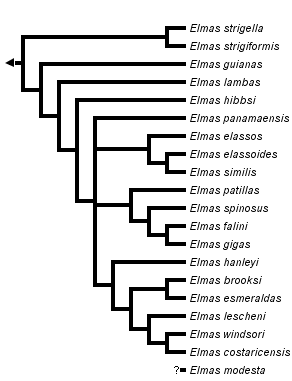


This tree diagram shows the relationships between several groups of organisms.
The root of the current tree connects the organisms featured in this tree to their containing group and the rest of the Tree of Life. The basal branching point in the tree represents the ancestor of the other groups in the tree. This ancestor diversified over time into several descendent subgroups, which are represented as internal nodes and terminal taxa to the right.

You can click on the root to travel down the Tree of Life all the way to the root of all Life, and you can click on the names of descendent subgroups to travel up the Tree of Life all the way to individual species.
For more information on ToL tree formatting, please see Interpreting the Tree or Classification. To learn more about phylogenetic trees, please visit our Phylogenetic Biology pages.
close boxIntroduction
Sharp (1876) described the first known species of Elmas, E. modesta from Nicaragua, in his new genus Selma Sharp. Later, Bernhauer (1915) described E. strigella from Brazil, also in Selma. Blackwelder (1952) recognized that Selma Sharp 1876 was a junior homonym of Selma Adams 1863, and he proposed the replacement name Elmas Blackwelder 1952. The remainder of the known species of Elmas was described by Ashe and Chatzimanolis (2003). Species of Elmas are Neotropical; they are distributed from Nicaragua to Bolivia, from 20 to 700 meters in wet tropical lowland forests (most specimens from 200 meters or below), except in Bolivia where they have been collected in Yungas forests at 1000 and 1450 meters.
Characteristics
These large black staphylinids are among the most distinctive among the subtribe Xanthopygina. Species of Elmas are medium to large, 11-23 mm in total length, with body uniformly black; body luster in most dull due to very fine and dense punctuation, though a few species have the integument shining between more distant punctures. They may be recognized by the combination of:
- large prominent eyes;
- very prominent nuchal depression dorsally, forming a well-defined neck;
- distinctive head setation (setae on disc of head more or less radiating anteriorly, laterally, and posteriorly from a point near middle of frons, setae on base of head directed anteriorly and a narrow band of setae on inner margin of eyes directed anteriorly and antero-medially; setation of E. strigella directed anteriorly and antero-medially);
- antennal articles 5-11 (4-11 in some) strongly flattened, and antenna appearing subserrate to strongly serrate on anterior margin;
- antenna black or dark brown with various of articles 6-11 with lighter markings (brown, light brown, pale flavate, or white);
- mandibles strongly asymmetrical, right mandible with apex slender and acute, left mandible with apex flattened and more or less blade-like;
- apical article of maxillary and labial palpi uniformly broadened from base to obliquely truncate apex, apical width slightly to 2 or more times greater than basal width, and apical margins broad and filled with patch of membranous (presumably sensory) tissue;
- distinctive arrangement of microsetae on elytra (directed postero-laterally in anterior half and more or less posteriorly in posterior half, and a small to moderate sized patch of setae on lateral margins directed medially to postero-medially);
- tarsal articles of middle and hind legs slightly to strongly flattened.
Discussion of Phylogenetic Relationships
The phylogeny above is the strict consensus tree presented in Ashe and Chatzimanolis (2006). This tree included three additional species described since the revision of the genus (Ashe and Chatzimanolis 2003) and excludes E. modesta that is known from only two female specimens. Elmas is strongly supported as a monophyletic lineage with eight unambiguous synapomorphies, and the tree overall has much better support than the one presented by Ashe and Chatzimanolis (2003).
References
Ashe, J. S. and S. Chatzimanolis. 2003. A revision of the genus Elmas Blackwelder, 1952 (Coleoptera: Staphylinidae: Staphylininae: Xanthopygina), with a preliminary reconstructed phylogeny of the species. Scientific Papers of the Natural History Museum of the University of Kansas. 28: 1-41.
Ashe, J. S. and S. Chatzimanolis. 2006. Three new species and new records of Elmas (Coleoptera: Staphylinidae: Xanthopygina) from south America with reanalysis of the phylogenetic relationships among the species of Elmas. Annals of the Entomological Society of America 99: 19-32.
Bernhauer, M. 1915. Zur Staphyliniden-Fauna von Südamerika Zeitung 76: 291-301.
Blackwelder, R. E. 1952. The Generic names of the beetle family Staphylinidae. United States National Museum Bulletin 200: 1-483.
Sharp, D. 1876. Description of a new genus and some new species of Staphylinidae from Mexico and Central America. Transactions of the Entomological Society of London. 1876: 425-432.
Title Illustrations

| Scientific Name | Elmas hanleyi |
|---|---|
| Location | Costa Rica |
| Size | 14 mm |
| Copyright |
© 1997 James S. Ashe (1947-2005)

|
| Scientific Name | Elmas gigas |
|---|---|
| Location | Peru |
| Size | 23 mm |
| Copyright |
© 1997 James S. Ashe (1947-2005)

|
About This Page
Development of this page made possible by National Science Foundation PEET grants DEB 95-21755 and DEB 99-78110 to James S. Ashe.
All images on this page copyright © 2003 James S. Ashe.
Stylianos Chatzimanolis

University of Tennessee at Chattanooga
James S. Ashe (1947-2005)

University of Kansas, Lawrence, Kansas, USA
Page copyright © 2003 Stylianos Chatzimanolis and James S. Ashe (1947-2005)
 Page: Tree of Life
Elmas.
Authored by
Stylianos Chatzimanolis and James S. Ashe (1947-2005).
The TEXT of this page is licensed under the
Creative Commons Attribution License - Version 3.0. Note that images and other media
featured on this page are each governed by their own license, and they may or may not be available
for reuse. Click on an image or a media link to access the media data window, which provides the
relevant licensing information. For the general terms and conditions of ToL material reuse and
redistribution, please see the Tree of Life Copyright
Policies.
Page: Tree of Life
Elmas.
Authored by
Stylianos Chatzimanolis and James S. Ashe (1947-2005).
The TEXT of this page is licensed under the
Creative Commons Attribution License - Version 3.0. Note that images and other media
featured on this page are each governed by their own license, and they may or may not be available
for reuse. Click on an image or a media link to access the media data window, which provides the
relevant licensing information. For the general terms and conditions of ToL material reuse and
redistribution, please see the Tree of Life Copyright
Policies.
- Content changed 07 June 2007
Citing this page:
Chatzimanolis, Stylianos and James S. Ashe (1947-2005). 2007. Elmas. Version 07 June 2007 (under construction). http://tolweb.org/Elmas/10267/2007.06.07 in The Tree of Life Web Project, http://tolweb.org/




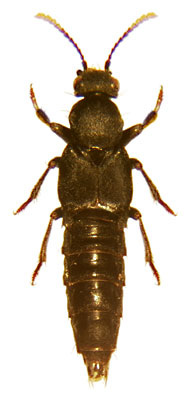
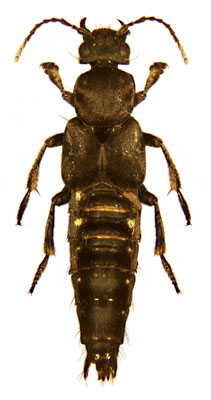
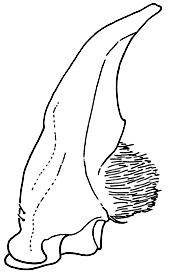
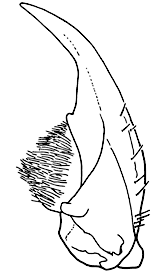

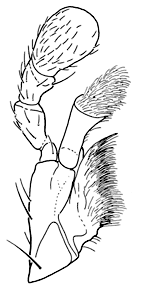
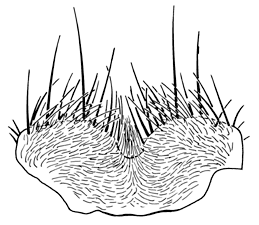



 Go to quick links
Go to quick search
Go to navigation for this section of the ToL site
Go to detailed links for the ToL site
Go to quick links
Go to quick search
Go to navigation for this section of the ToL site
Go to detailed links for the ToL site